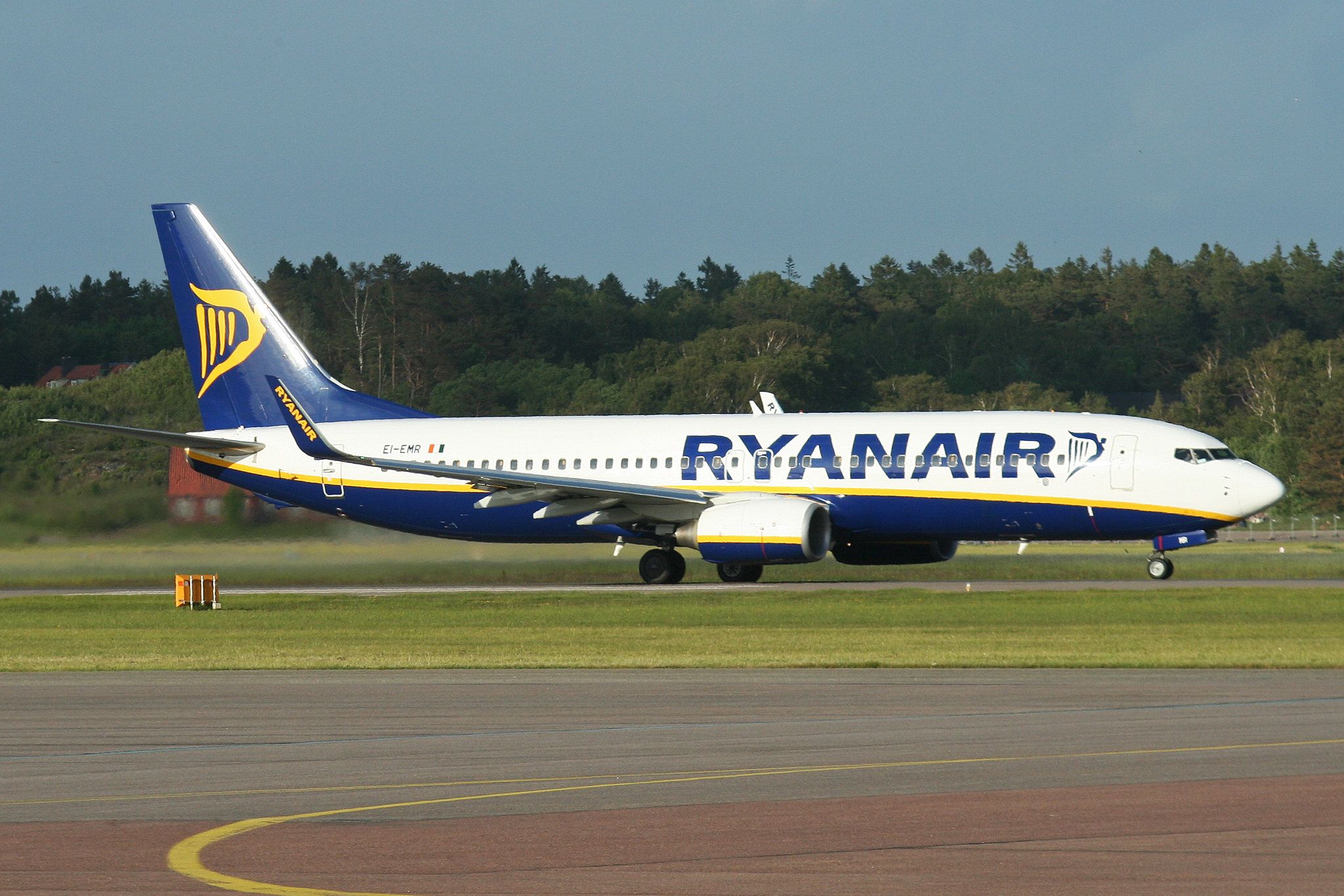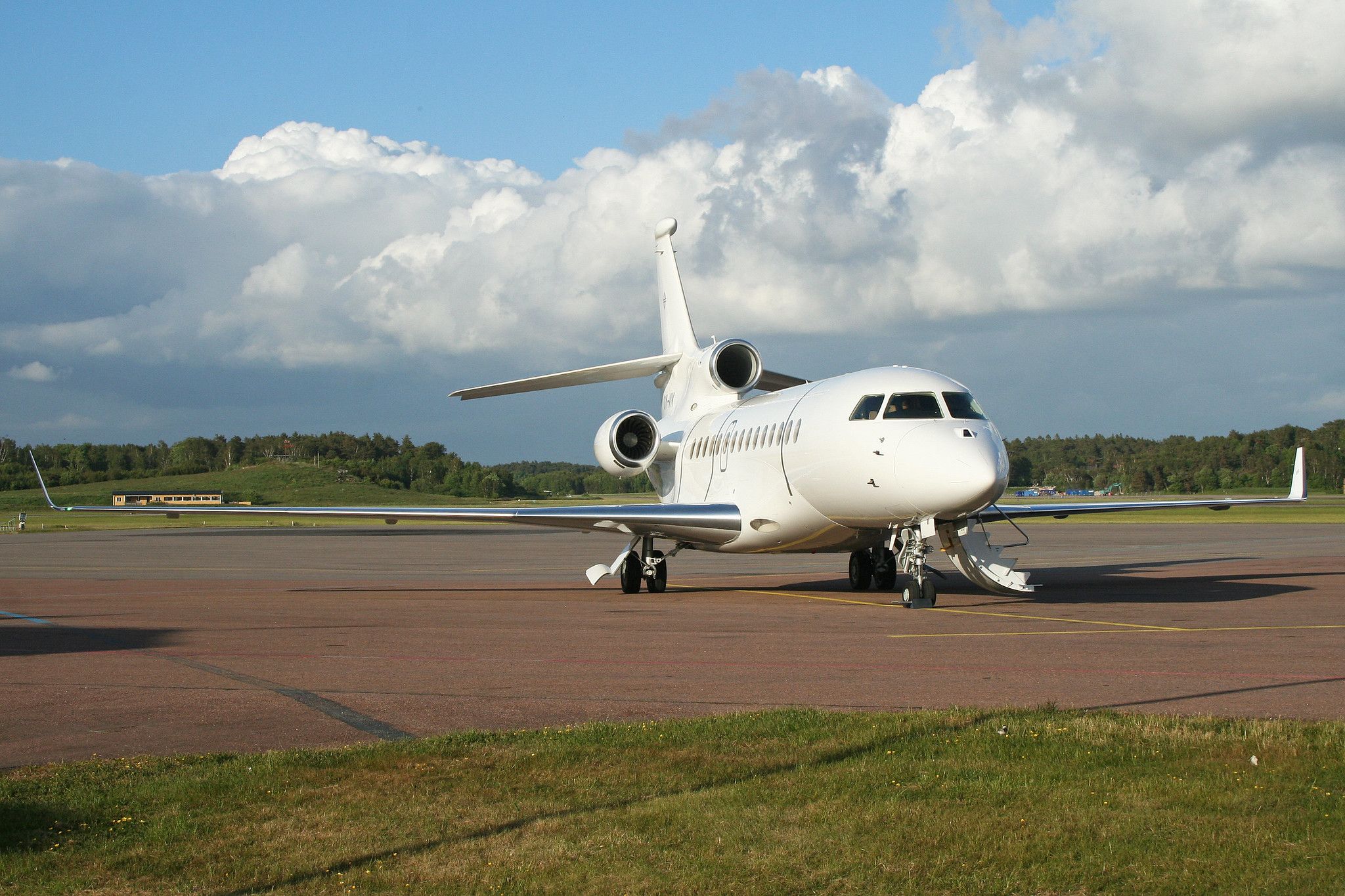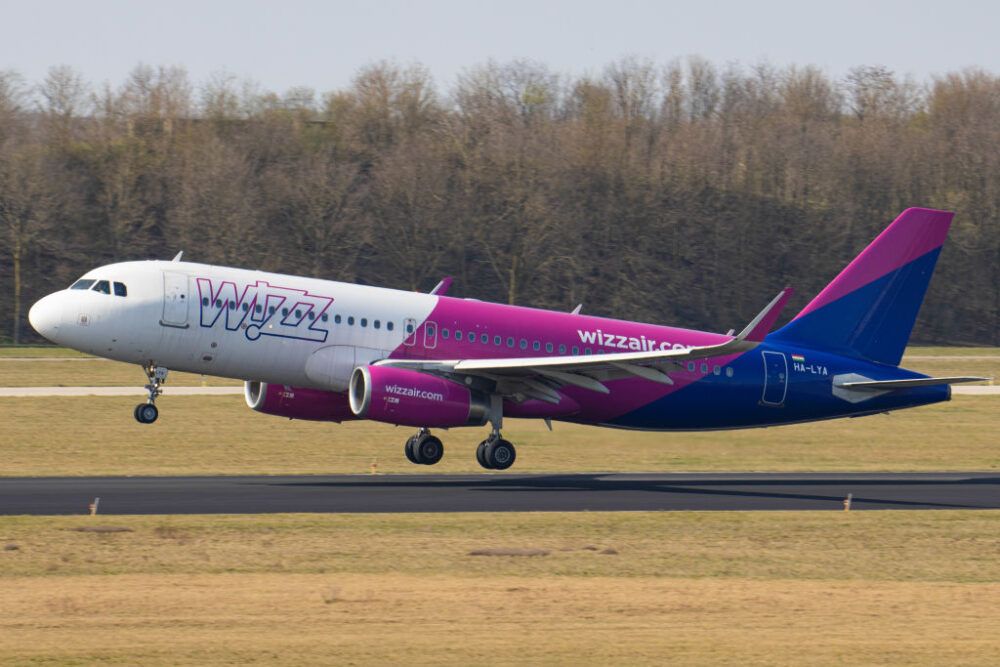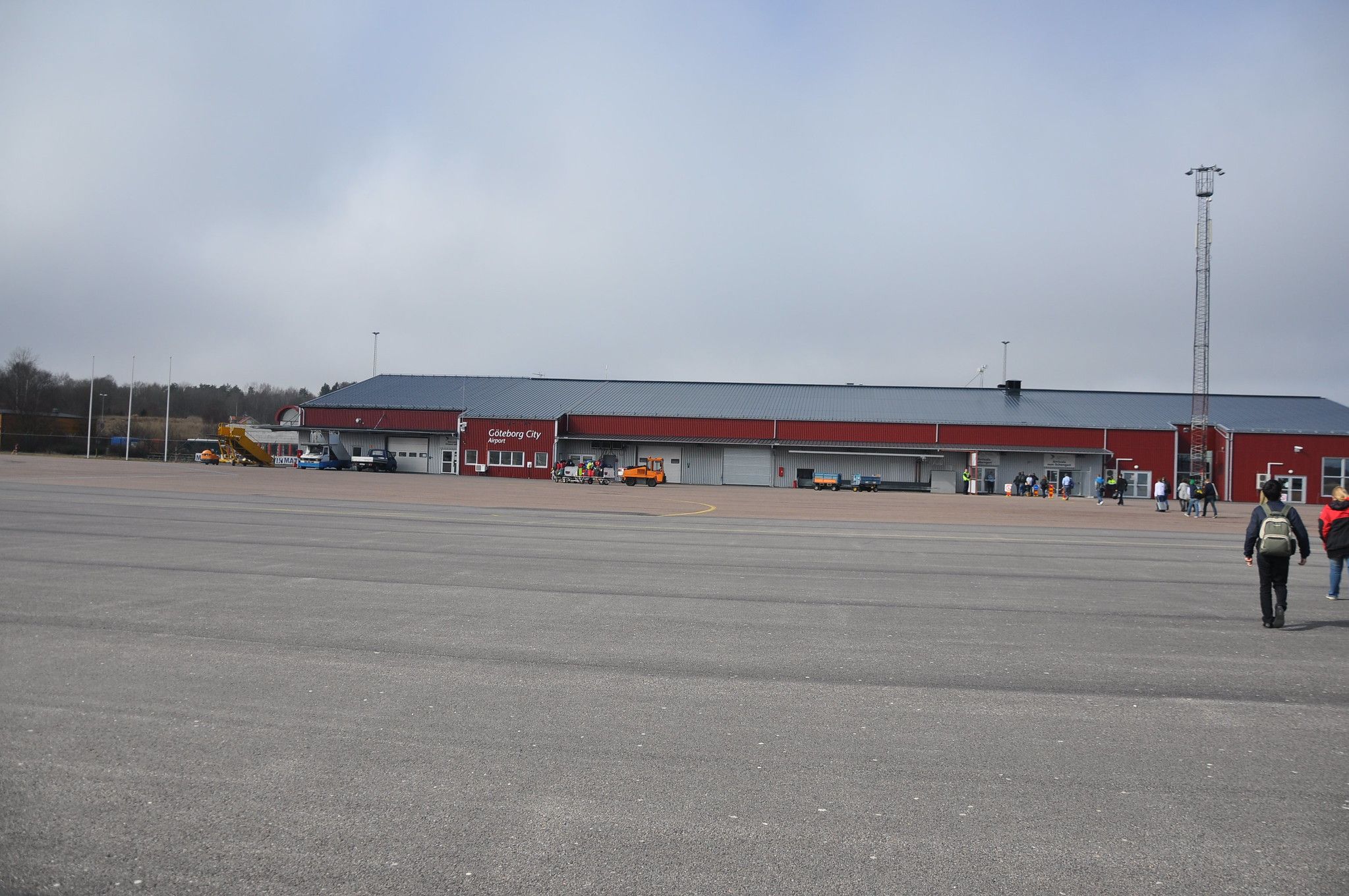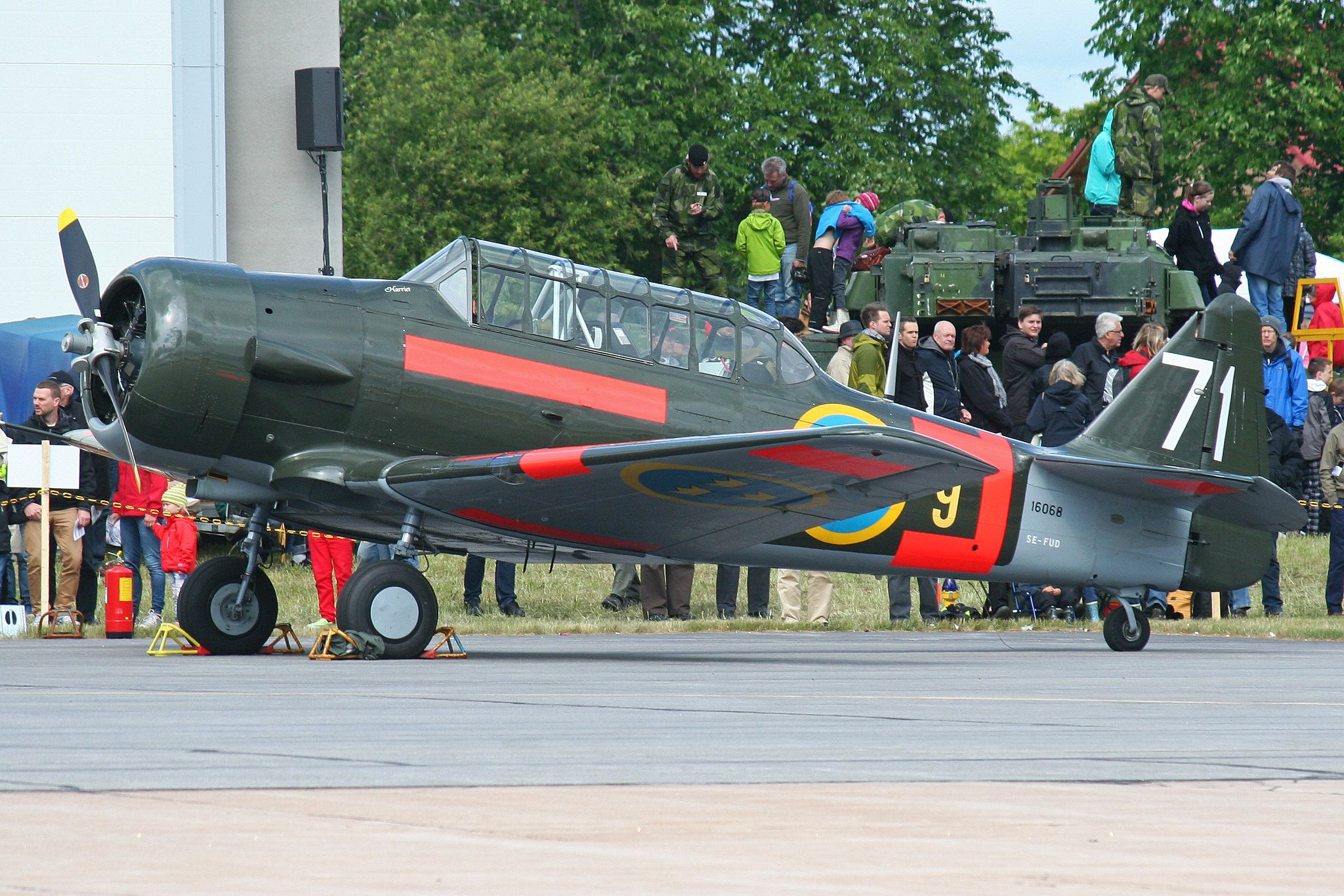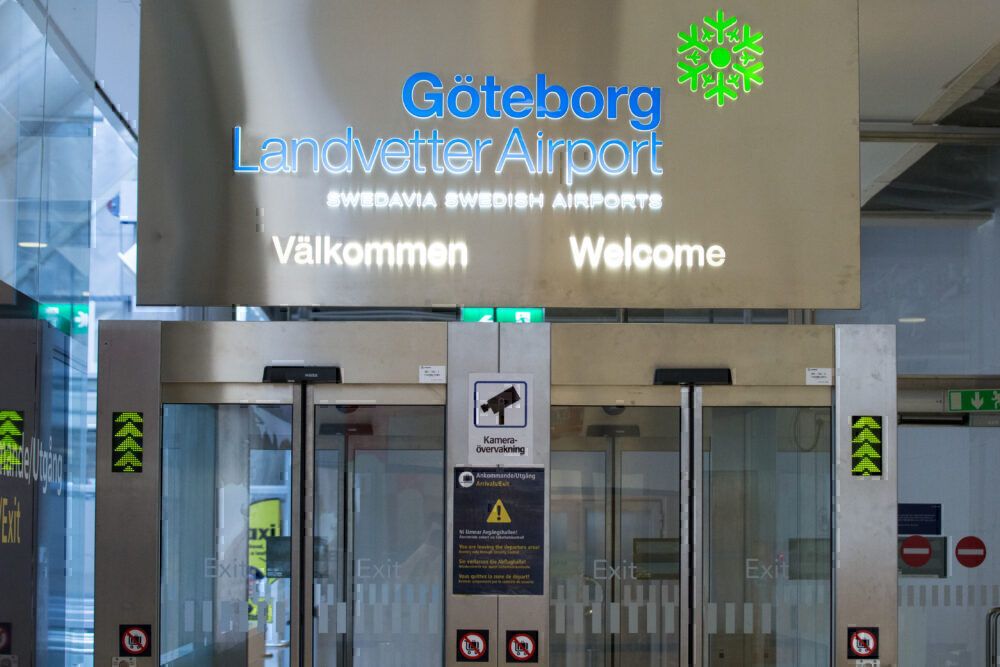Gothenburg is Sweden's second-largest city, behind Stockholm, the country's capital. Correspondingly, the city's Landvetter Airport is the country's second-largest, behind Stockholm Arlanda. However, as recently as 2015, Gothenburg also had a second, smaller commercial airport. But why is this no longer the case?
A varied operational history
Säve Flygplats (GSE) is located on the island of Hisingen, situated just to the northwest of Gothenburg. As an airfield, it has been operational since 1940, and it originally housed a division of the Flygvapnet (Swedish Air Force).
This branch was the Göta Air Force Wing, or 'F 9 Säve,' which was active until 1969. It flew both Swedish and foreign aircraft, such as the Saab 29 and the British Hawker Hunter, which the Swedish Airforce designated 'J 34.'
In 1977, the city's Torslanda Airport closed, and scheduled services moved to Landvetter Airport (GOT). Säve then assumed the role of the city's general aviation hub. Following a 400m extension to the airport's runway 01/19 in 1984, Säve became able to handle larger business jets, but its real breakthrough came in 2001.
Stay informed: Sign up for our daily and weekly aviation news digests.
Commercial success
In 2001, Säve took on the name 'Göteborg City Airport.' This reflected its proximity to the city center compared to Landvetter (17km and 28km by road respectively). It also coincided with the launch of scheduled passenger services at the airport.
Ryanair began operating scheduled flights to London at this time, and more destinations quickly followed. According to The Local, Ryanair's success was a factor in DFDS canceling its ferries from Newcastle to Gothenburg in 2006.
As well as a host of destinations served by Ryanair, Hungarian low-cost carrier Wizz Air also had a presence at the airport. By 2014, regional carriers Gotlandsflyg and Sparrow Aviation were also operating scheduled domestic services.
The airline industry is always full of new developments! What aviation news will you check out next?
These served Visby and Stockholm respectively. According to Transportstyrelsen, the Swedish Transport Agency, the airport's peak was in 2013. That year, it served over 863,000 passengers across almost 51,000 aircraft movements.
Operational shortcomings
In November 2014, as reported by Swedish national newspaper Expressen, it became evident that larger airliners such as Ryanair's Boeing 737s and Wizz Air's Airbus A320s had damaged the airport's taxiways. As such, they were no longer rated to bear the weights of these heavier aircraft. Consequently, Ryanair and Wizz Air's scheduled Säve-bound flights were diverted to Landvetter indefinitely.
Initially, passengers still had to check in and clear security at Säve before a bus transfer to Landvetter. In January 2015, the airport suspended scheduled airline services altogether, with its owners citing excessive repair costs as a key factor.
However, this was not the airport's only shortcoming. Indeed, while its location was convenient, its user-friendliness left a little to be desired. In this regard, Gothenburg residents Katie and Tim Perkins recall:
Katie: "I remember you had to queue outside to come back into the country because there wasn't enough space inside. And it was basically a shack. It existed at the time when Ryanair automatically gave priority boarding to families."
Tim: "The first time we flew from there, we checked in at the desk and just got a generic reusable check-in card - scuffed cardboard, no date or name, just the flight number - which we handed in at the gate. Not super secure."
The airport today
After the suspension of commercial traffic, Säve ceased to be referred to as Göteborg City Airport, and aircraft movements fell below 15,000/year. It has once again assumed the role of Gothenburg's general aviation hub, and is home to local flying clubs. One of these belongs to the city's Chalmers University of Technology.
Meanwhile, the adjacent 'Aeroseum' also boasts an impressive collection of former Flygvapnet / Swedish Air Force planes. Although commercial services have ceased, Säve continues to honor its military history while providing a useful general aviation facility in close proximity to Gothenburg's city center.
Gothenburg Landvetter Airport in a nutshell
Let's conclude by taking a brief look at the ins and outs of Landvetter, Gothenburg's main commercial aviation facility today. As previously alluded to, it is Sweden's second-largest airport behind Stockholm Arlanda (ARN), corresponding to the sizes of the two cities. It is also the eighth-busiest airport in the Nordic region.
Before the onset of the coronavirus pandemic, Landvetter ranked sixth, having handled just under 6.7 million passengers in 2019. However, the global health crisis hit the airport hard. Indeed, in April 2020, just 2,823 passengers used the facility, a 99.5% decrease compared to the 552,535 it processed in April 2019.
2020 as a whole saw its annual passenger count drop by 76.4% to just under 1.6 million, which was followed by a slight resurgence in 2021. Indeed, that year, just over 1.9 million passengers used Landvetter, representing a 21% increase. The airport (and indeed the city) will be hoping for further growth and recovery in 2022.
What do you make of the story of Säve Airport? Did you ever use this facility yourself? Let us know your thoughts and experiences in the comments!
With thanks to the Perkins family for their recollections of Säve Airport.
Sources: Expressen, The Local, Transportstyresen

